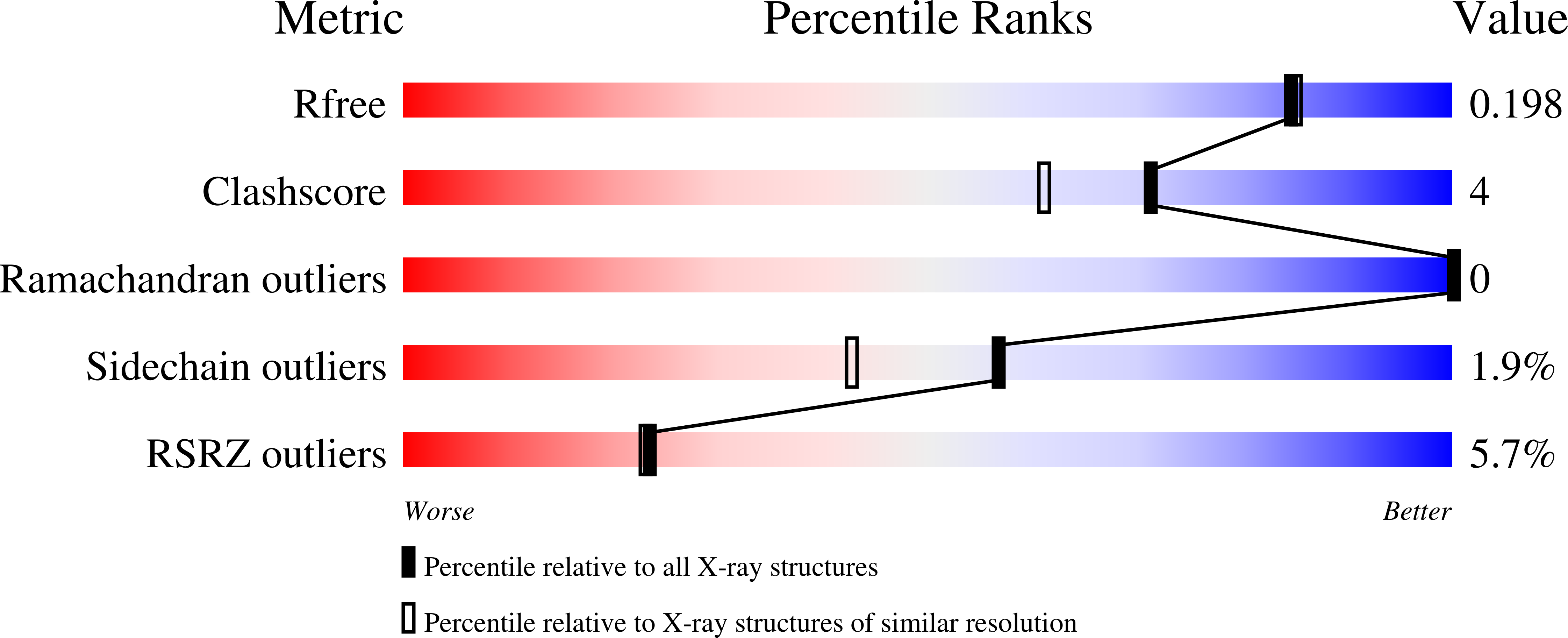
Deposition Date
2005-07-07
Release Date
2006-02-21
Last Version Date
2023-08-23
Entry Detail
PDB ID:
2A86
Keywords:
Title:
Crystal structure of A Pantothenate synthetase complexed with AMP and beta-alanine
Biological Source:
Source Organism:
Mycobacterium tuberculosis (Taxon ID: 1773)
Host Organism:
Method Details:
Experimental Method:
Resolution:
1.85 Å
R-Value Free:
0.19
R-Value Work:
0.15
R-Value Observed:
0.16
Space Group:
P 1 21 1


